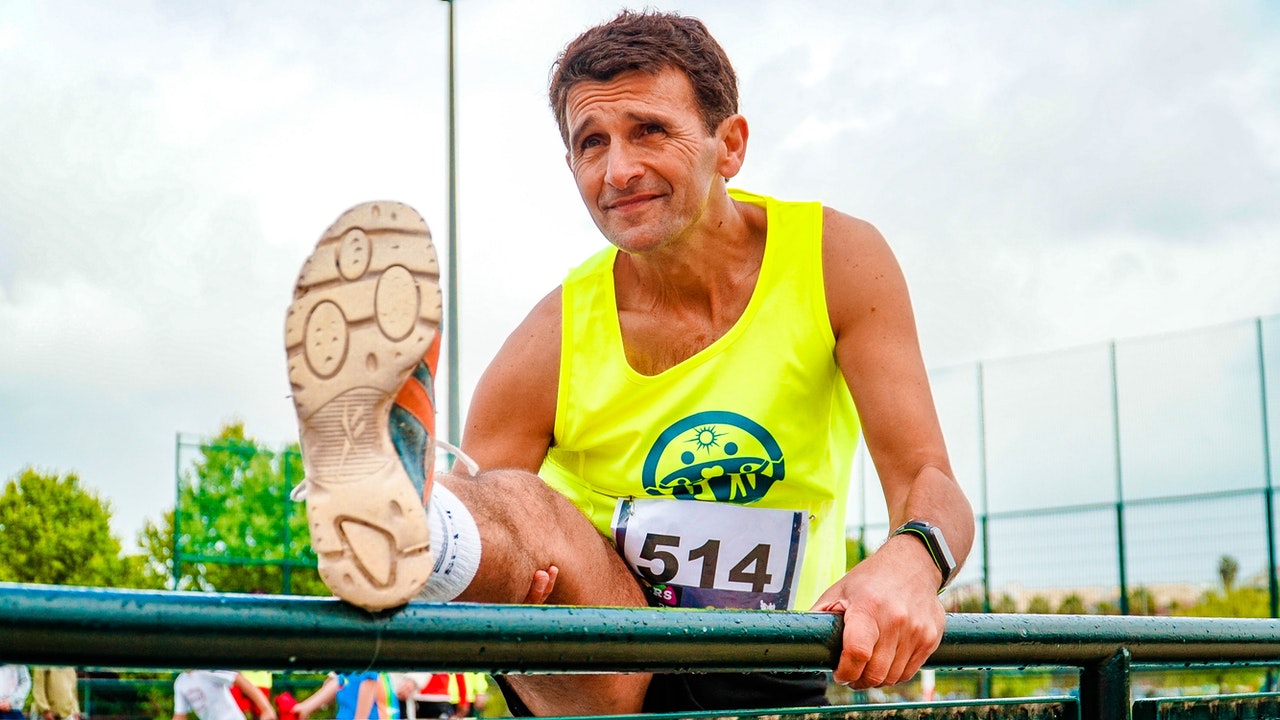Why Do Varicose Veins Affect the Ankles?
Varicose veins are usually expected around the calf area of your legs, but it can sometimes affect the ankles as well. How can a swollen vein in your leg affect your ankle? Aren’t varicose veins limited to the legs?
Varicose veins and spider veins can develop around the feet and ankles in a similar fashion to the calves. Weakened veins from vein disease can affect all of the lower extremities.
We will explain why varicose veins can sometimes occur in the ankles and what you can do to support the health of your leg veins.
What Can Cause Varicose Veins in the Ankles?
Just as you can get a varicose vein in your leg from venous insufficiency, you can also have one appear on your ankle. People who suffer from vein disease have veins that are weaker and incapable of circulating blood efficiently. The valves in their leg veins are not working as well to keep blood flowing back up the legs toward the heart.
Instead, the struggling valves allow some blood to leak backward, and that blood ends up pooling in the legs, feet, and ankles. This puts more pressure on your veins and causes them to swell and bulge. Over time, chronic swelling will weaken and stretch out the vein walls, leading to varicose veins. Since your ankles are part of your lower extremities, they are also susceptible to varicose veins. You may even experience varicose veins or spider veins in your feet.
What are the Early Signs of Vein Disease Affecting the Ankles and Feet?
Not everyone experiences vein disease in the same manner. When you notice early signs of venous insufficiency, it is best to incorporate healthy vein habits into your life as well as make an appointment to see your doctor. This can help prevent further progression of the condition and may even help you avoid or decrease the appearance of varicose veins and spider veins.
Keep an eye out for signs like these around the legs, feet, and ankles that may indicate vein disease:
- Swelling
- Itchy skin
- Skin discoloration
- Prominent veins – large, bulging veins or small, thread-like veins
- Heaviness or fatigue in the lower extremities
- Cramping
If you experience any of the above symptoms, implement some of the healthy vein habits below and schedule an appointment with your doctor.
What Increases Your Risk of Varicose Veins in the Ankles?
There are several factors that can increase your risk of having varicose veins, including those in the ankles.
The following can make you more vulnerable to varicose veins in your ankles:
- Having chronic venous insufficiency – When you have vein disease, your veins are already in a weakened state, making them more susceptible to varicose veins in the ankles.
- Sitting or standing for long periods – This can interfere with healthy blood flow and result in blood pooling in the legs and feet.
- Being inactive – Good circulation is a key component of vein health. If you do not exercise regularly, you are putting yourself at a higher risk of vein disease.
- Having an injury to the leg – A leg injury could weaken or damage your veins and make them more likely to develop varicose veins.
How are Varicose Veins in the Ankles Treated?
If you have varicose veins in your ankles, there are several treatment options available. When you make an appointment with your doctor to discuss which procedure would be best, they will likely want to examine your overall vein health.
A varicose vein in your ankle is typically not an isolated health condition and usually indicates a larger issue with your veins, such as vein disease. You may have your veins observed using a duplex ultrasound so your doctor can determine the state of your vein health and the best mode of treatment.
If you were to undergo a procedure to treat the varicose vein in your ankle without delving deeper into the root cause, you are more likely to experience future complications. A more well-rounded treatment plan that includes lifestyle changes will be more effective at keeping future varicose and spider veins at bay.
Once your doctor has completed an examination on your vein health, they may recommend one of the following procedures to treat the varicose vein in your ankle:
- Endovenous laser ablation – A small laser is inserted into your varicose vein through a tiny incision made in your skin. The heat from the laser causes the vein to close up so blood will reroute to the surrounding veins.
- Ultrasound guided sclerotherapy – An irritating agent called a sclerosant is injected into your varicose vein. The irritation of the vein will cause it to close off, collapse, and eventually dissolve.
- Cyanoacrylate closure – A medical glue is inserted into your varicose vein through a catheter which will block blood flow and redirect it to the surrounding veins. The treated vein will eventually dissolve.
How Can You Prevent Varicose Veins from Affecting Your Ankles?
Whether you are already exhibiting signs of vein disease or varicose veins in your ankles or you are looking to prevent the condition, there are lifestyle changes you can make to support your vein health. If your doctor determines that a medical procedure is the best option for your condition, you will experience the most relief if you combine medical treatment with healthy vein habits.
To help prevent or alleviate the symptoms of varicose veins in your ankles:
- Take part in low-impact exercise – Walking, hiking, biking, and swimming are all wonderful forms of exercise to boost your circulation. Be sure to move your body regularly to keep your blood flowing so that it does not pool up in the lower extremities. Robust circulation can ease the pressure that results in varicose veins.
- Put your feet up – Elevating your legs is not just for relaxation. Propping your feet up throughout the day can help ease blood flow back toward the heart and relieve your feet, legs, and ankles of swelling, heaviness, and fatigue. Find time in your day to prop your feet up, whether it be on the couch, in bed, or even at your desk.
- Wear compression socks or stockings – This hosiery is specially designed to promote good blood circulation by applying gentle pressure to the legs and encouraging blood to flow up toward the heart instead of pooling in the legs and feet. Wearing compression socks is a great solution when you are on your feet a lot, will be sitting for long periods, or cannot elevate your legs as needed to keep your blood moving.
Summary
Now you know how varicose veins can affect your ankles. Awareness of the symptoms of varicose veins and what makes you more susceptible to them can help you make the changes you need to promote the health of your veins. As much as home treatments can help alleviate the symptoms of varicose veins, they are not likely to eliminate the veins. Leaving varicose veins untreated can lead to future complications, so it is important to address them.
While a healthy diet and lifestyle are extremely helpful for decreasing the appearance of varicose veins, it is important to seek out professional care if the problem persists. If you are experiencing symptoms from varicose veins that do not respond to diet and lifestyle changes, contact us today to book an appointment.





